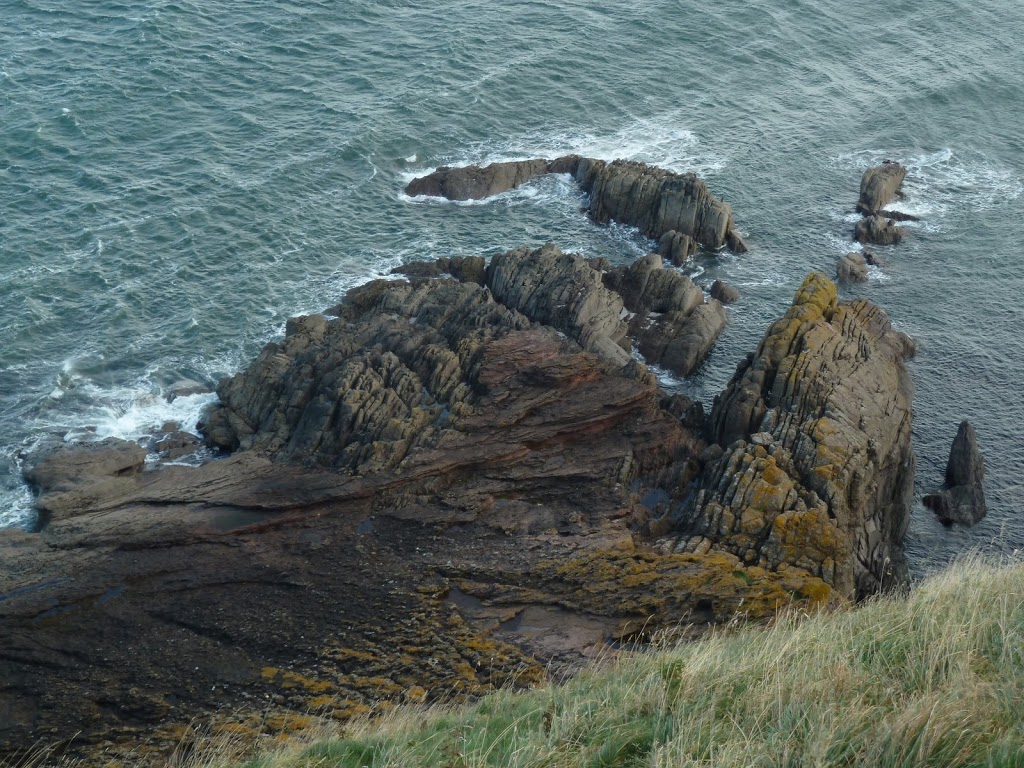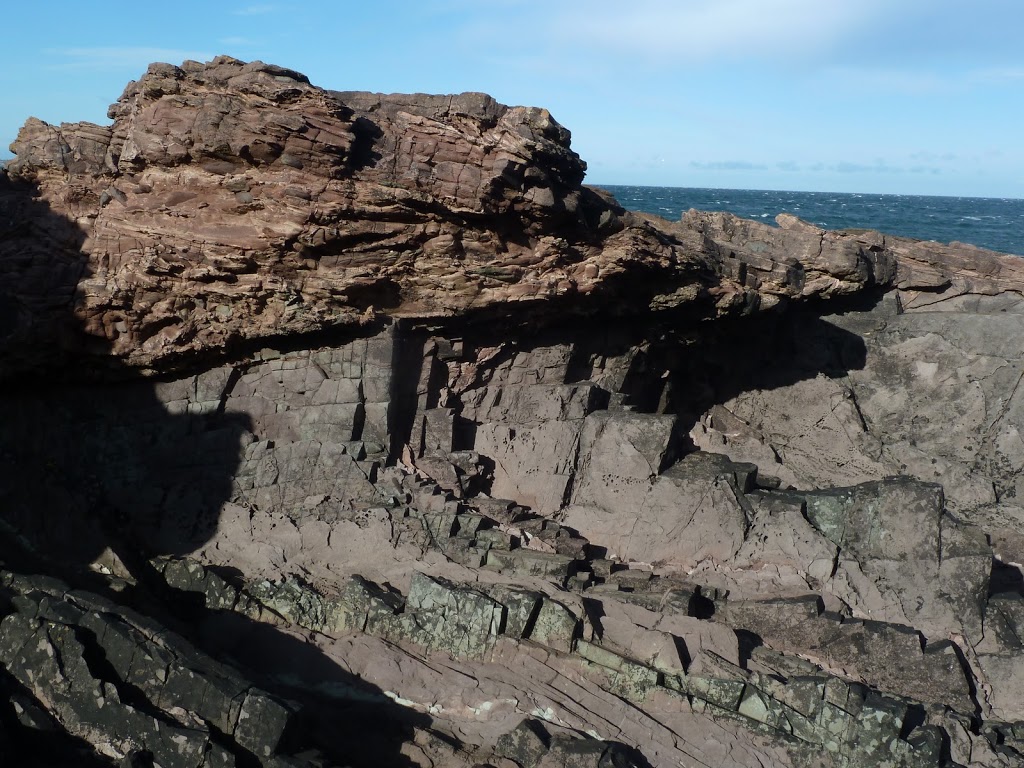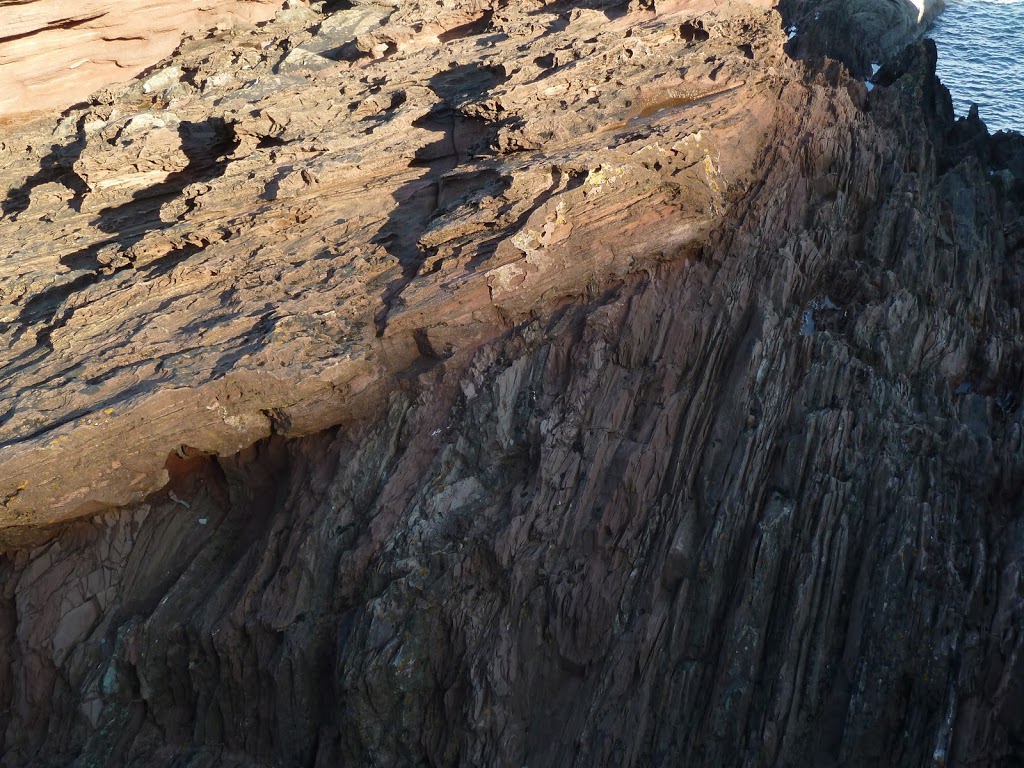The very next year, James Hutton proposed a competing theory seeking to explain how rocks that appear to have been deposited in the deep ocean can be brought above the surface of the water. He claimed “the greater part of our land, if not the whole had been produced by operations natural to this globe … but that in order to make this land a permanent body, resisting the operations of the waters … the consolidation of masses formed by collections of loose or incoherent materials [and] the elevation of those consolidated masses from the bottom of the sea, the place where they were collected, to the stations in which they now remain above the level of the ocean.” That is, the land masses we now live on were initially formed on the sea floor and were subsequently uplifted to the surface.
The unfortunate thing at this point was neither party had the hard evidence they needed to provide a convincing story. To add to the issue, Hutton’s theory did not rely on the record contained in the Bible as support for his theory and was actually viewed by some as being contrary to the Biblical record.In order to find such evidence Hutton set out along the eastern Scottish Coast with budding geologists John Playfair and James Hall. It was well known that the nearly vertical “schistus” (Silurian greywacke) extended along the shore in the south and that further to the north the horizontal Old Red Sandstone (Devonian) dominated the coastline. This team of geologists was determined to search out the “termination of the secondary strata [Old Red Sandstone]…” Little did they know that they what they discovered would change the fundamental understanding of how the world works.
Of their arrival at the place now called Siccar Point, John Playfair writes:
“On landing at this point, we found that we actually trod on the primeval rock, which forms alternately the base and the summit of the present land. It is here a micaceous schistus, in beds nearly vertical, highly indurated, and stretching from south-east to north-west. The surface of this rock runs with a moderate ascent from the level of low-water, at which we landed, nearly to that of high-water, where the schistus has a thin covering of red horizontal sandstone laid over it; and this sandstone, at the distance of a few yards farther back, rises into a very high perpendicular cliff. Here, therefore, the immediate contact of the two rocks is not only visible, but is curiously dissected and laid open by the action of waves. The rugged tops of the schistus are seen penetrating into the horizontal beds of sandstone, and the lowest of these last form a breccia containing fragments of schistus, some round and others angular, united by an arenaceous cement.
“On us who saw these phenomena for the first time, the impression made will not easily be forgotten. The palpable evidence presented to us, of one of the most extraordinary and important facts in the natural history of the earth, gave a reality and substance to those theoretical speculations, which, however probable, had never till now been directly authenticated by the testimony of the senses. We often said to ourselves, What clearer evidence could we have had of the different formation of these rocks, and of the long interval which separated their formation, had we actually seen them emerging from the bosom the deep? We felt ourselves necessarily carried back to the time when the schistus on which we stood was yet at the bottom of the sea, and when the sandstone before us was only beginning to be deposited in the shape of sand or mud, from the waters of a superincumbent ocean. An epocha still more remote presented itself, when even the most ancient of these rocks instead of standing upright in vertical beds, lay in horizontal planes at the bottom of the sea, and was not yet disturbed by that immeasurable force which has burst asunder the solid pavement of the globe.”
 |
| Siccar Point viewed from above |
Paleotopography is can be seen clearly with the Old Red Sandstone filling in the paleovalleys around the Silurian Greywacke.
 |
| Devonian greywacke (schistus) beneath the Ordovician Old Red Sandstone |
 |
| Hutton’s Great Unconformity |
 |
| Our curious friend |
If you have not seen Siccar Point, it is a must. To stand on this “holy ground” where modern geology began is an experience to rival any other geological experience.
![]() This work is licensed under a Creative Commons Attribution-NonCommercial-ShareAlike 4.0 International License.
This work is licensed under a Creative Commons Attribution-NonCommercial-ShareAlike 4.0 International License.

